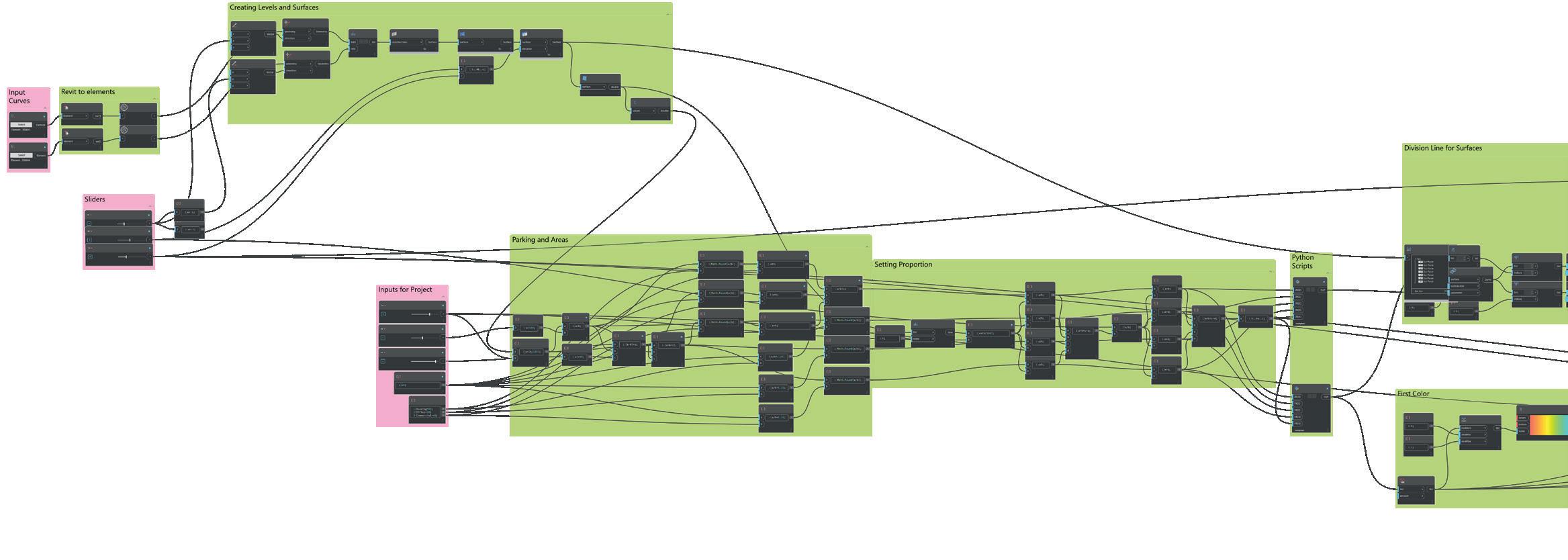
1 minute read
Construction sequencing
Construction sequencing using a BIM (Building Information Modeling) model refers to the process of visualizing and organizing the construction activities in a virtual environment to optimize the construction sequence and improve project planning. By incorporating BIM into construction sequencing. Time and resources savings: Construction sequencing with BIM enables the analysis and improvement of project schedules, enhancing both cost and time savings. Project teams can find opportunities for schedule compression, resource optimisation, and effective use of labour and equipment by analysing the flow of activities, potentially saving time and money.

Advertisement
Common Data Environment
The Common Data Environment (CDE) a single source of information for any given project, used to collect, manage and disseminate all relevant approved projects documents for multi-disciplinary teams in a managed process. (Shepherd, 2019) Establishing a CDE, i.e. a secure, managed and mutually accessible project repository capable of storing and sharing all models and issuing update notifications about them to project participants. There are four major categories of information exchanged through the CDE :Work in Progress, Shared, Published Documentation (As approved by the client), Archive
Conclusion
From the BIM (Building Information Modelling) model, Its possible extract useful information that can be applied to various tasks, including analysis, forecasting, and addressing problems with clash detection, model verification, and passive design measures. However, there is still potential for development in terms of BIM maturity regarding the data needed for operation and maintenance, often known as COBie (Construction Operations Building information exchange). However, it’s important to note that the industry is actively working towards enhancing the integration of COBie within the BIM work flow. Efforts are being made to develop standardized data templates, improve software interoperability, and promote better understanding and implementation of COBie data requirements. As BIM adoption continues to grow and mature, it is expected that the integration of COBie will also progress, enabling more efficient operation and maintenance of buildings through BIM technologies.









